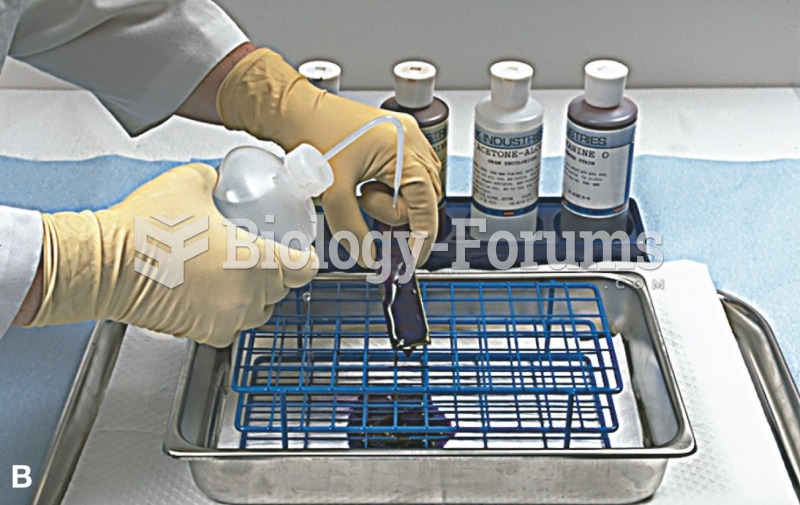Answer to Question 1
ANS: C
A. Incorrect response: During this resuscitation effort, the fact that the colorimetric CO2 detector indicates yellow means that CO2 is being exhaled. Also, consider the fact that the therapist observed the distal tip of the ET tube pass through the glottis. The CO2 detector is working properly since the pH-sensitive paper changed from purple to yellow.
B. Incorrect response: Removing the ET tube, and attempting to reintubate the patient are common errors in this situation. Again, the therapist saw the distal tip of the ET tube enter the trachea. Measures need to be taken to verify ET tube location. The colorimetric CO2 detector is working properly because the pH-sensitive paper changed color from purple to yellow.
C. Correct response: Because the therapist saw the distal tip of the ET enter the trachea, the therapist should secure the ET tube in place, and proceed with performing other assessments for proper ET tube placement. For example, the therapist should auscultate for bilateral breath sounds over the patient's thorax, listen for air movement or gurgling sounds over the epigastrium, observe for even movement of the chest wall. Ultimately, a portable chest x-ray needs to be obtained to confirm proper ET tube placement. Observing the colorimetric CO2 detector remain purple indicates the patient is likely having a cardiac arrest. With no blood being transported to the lungs, little (if any) CO2 is diffusing into the alveoli. Therefore, no CO2 is available to change the pH-sensitive paper from purple to yellow.
D. Incorrect response: In the presence of CO2 the colorimetric analyzer will change from purple to yellow. The detector will not turn back to purple. When the colorimetric device remains yellow, a lack of blood flow is indicated, and CPR must be resumed.
Answer to Question 2
ANS: B
A. Incorrect response: See explanation B.
B. Correct response: When the tubing compliance (CT) is known, the formula for calculating the compressible volume is as follows:
(PIP PEEP) CT = Vcompressed
(40 cm H2O 10 cm H2O) 3 ml/cm H2O = 90 ml
C. Incorrect response: See explanation B.
D. Incorrect response: See explanation B.







